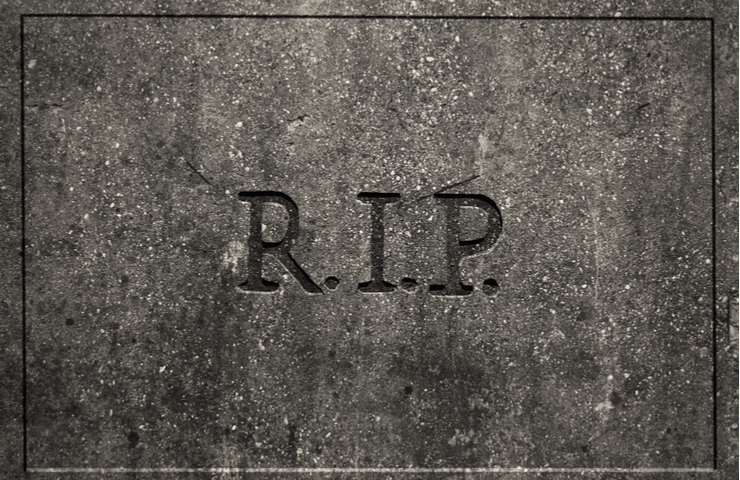Grateful Dead bassist Phil Lesh passed away on Friday after a career spanning decades. Jim Farber of The New York Times writes of Lesh’s life:
Phil Lesh, whose expansive approach to the bass as a charter member of the Grateful Dead made him one of the first performers on that instrument in a rock band to play a lead role rather than a supporting one, died on Friday. He was 84.
His death was announced on his Instagram account. No further information was provided.
In addition to providing explorative bass work, Mr. Lesh sang high harmonies for the band and provided the occasional lead vocal. He also co-wrote some of the band’s most noteworthy songs, including ones that inspired adventurous jams, like “St. Stephen” and “Dark Star,” as well as more conventional pieces, like “Cumberland Blues,” “Truckin’” and “Box of Rain.”
Key to the dynamic of the Grateful Dead was the way Mr. Lesh used the bass to provide ever-shifting counterpoints to the dancing lines of the lead guitarist Jerry Garcia, the curt riffs of the rhythm guitarist Bob Weir, the bold rhythms of the drummers Mickey Hart and Bill Kreutzmann, and, in the band’s first eight years, the warm organ work of Ron McKernan, known as Pigpen.
A source of particular excitement was the relationship between Mr. Lesh’s instrument and Mr. Garcia’s. At times they mirrored each other. At other times they contrasted, in the process widening the music’s melodic nuances while helping to create the kind of variety and tension that allowed the band to improvise at length without losing the listener.
Mr. Lesh’s bass work could be thundering or tender, focused or abstract. On the Grateful Dead’s studio albums, his lines held so much melody that one could listen to a song for his playing alone. At the same time, he shared his bandmates’ love for unusual chord structures and uncommon time signatures. In constructing his bass parts, he drew from many sources, including free jazz, classical music and the avant-garde.
He had formal training in those last two areas, having played both classical violin and trumpet, composed music for orchestras and studied with the avant-garde composer Luciano Berio, all before taking up the bass and joining the Dead. His work with the band held such value for a significant portion of its massive following that devotees at concerts would position themselves in the “Phil Zone,” an area named for “the proximity to Lesh’s position onstage,” according to the 1994 Grateful Dead guidebook “Skeleton Key: A Dictionary for Deadheads.”
Mr. Lesh played with the Dead for the band’s entire 30-year history, which formally ended in 1995 after the death of Mr. Garcia. In 1994, he and the band were inducted into the Rock & Roll Hall of Fame. After the Dead disbanded, Mr. Lesh played in the offshoot bands the Other Ones, the Dead and Furthur, as well as with his own assemblage, Phil Lesh and Friends. He pulled back from regular road work in 2014, but continued to do periodic gigs for the rest of his life.
Phillip Chapman Lesh was born on March 15, 1940, in Berkeley, Calif., the only child of Frank and Barbra (Chapman) Lesh. His father was an amateur piano player who encouraged him to take up an instrument when he was 8; his first instrument was the violin.
“I was awakened to the power of music early in life through the magic of radio broadcasts and by listening to my father play, from memory, his favorite tunes on the piano,” Mr. Lesh wrote in his 2005 autobiography, “Searching for the Sound: My Life With the Grateful Dead.” Music, he added, “saved me by giving me a real sense of accomplishment.”
Read more here.
If you’re willing to fight for Main Street America, click here to sign up for my free weekly email.





